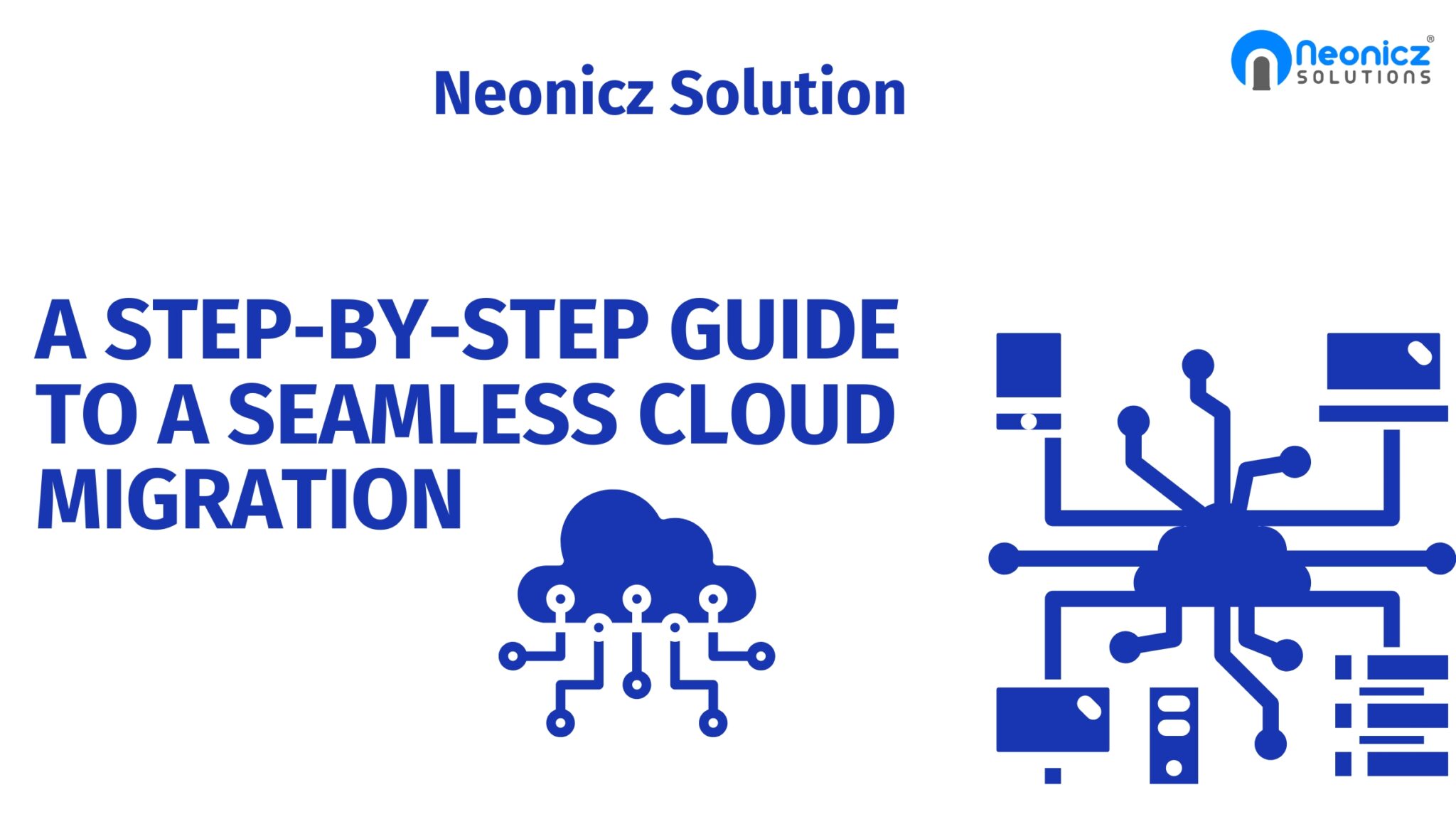
Introduction
Definition of cloud migration:
Cloud migration is the process of moving an organization’s data, applications, and IT infrastructure from on-premises hardware to cloud-based infrastructure. It involves moving workloads from physical servers to virtual servers, which are hosted and managed by a cloud service provider.
Why is cloud migration important?
Cloud migration enables organizations to take advantage of the scalability, agility, and cost savings of cloud computing. By moving to the cloud, organizations can reduce their IT infrastructure costs, increase their flexibility, and improve their ability to innovate.
Key benefits of cloud migration
- Scalability: Cloud infrastructure allows organizations to scale their IT resources up or down as needed, providing flexibility and cost savings.
- Agility: Cloud services enable rapid deployment of new applications and services, allowing organizations to respond quickly to changing business needs.
- Cost savings: Cloud computing can reduce hardware and software costs, as well
- Security: Cloud providers often have more advanced security measures and expertise than most organizations, making the cloud a more secure option for data storage.
- Accessibility: Cloud services can be accessed from anywhere with an internet connection, making it easier for remote teams to collaborate.
Pre-migration planning
Assessing the current IT infrastructure
Before migrating to the cloud, it’s important to assess the organization’s current IT infrastructure. This includes hardware, software, and network infrastructure. The assessment should identify which applications and workloads are suitable for cloud migration and which are not.
Identifying the business goals and objectives
The organization should identify its business goals and objectives for cloud migration. This includes determining which cloud services and providers are the best fit for the organization’s needs.
Choosing the right cloud services and providers
Organizations should choose cloud services and providers based on their specific business goals and objectives. They should consider factors such as cost, performance, scalability, and security.
Budgeting and resource allocation
Organizations should create a budget for cloud migration and allocate resources accordingly. This includes identifying the necessary personnel, hardware, and software to ensure a successful migration.
Preparing for migration
Creating a migration roadmap
A migration roadmap outlines the steps and timelines for migrating to the cloud. It should include a detailed plan for each step of the migration process, including testing, data migration, and application deployment.
Assessing potential risks and challenges
Organizations should assess potential risks and challenges associated with cloud migration, such as data security, network latency, and application compatibility. The assessment should identify strategies for mitigating these risks and challenges.
Preparing the existing data for migration
Existing data should be prepared for migration to the cloud. This includes cleaning, organizing, and prioritizing the data to ensure a smooth migration.
Building the necessary infrastructure
Organizations should build the necessary infrastructure for cloud migration, including setting up the network and configuring the necessary software and hardware.
Migrating to the cloud
Testing the cloud environment
Before migrating data and applications, organizations should test the cloud environment to ensure compatibility and performance. This includes testing network connectivity, application compatibility, and data transfer speeds.
Migrating the data
Data should be migrated to the cloud using a secure and reliable method. This includes backing up data before migration, selecting the right migration tools, and verifying data integrity after migration.
Deploying the applications
Applications should be deployed to the cloud using a consistent and repeatable process. This includes setting up the necessary infrastructure, configuring the applications, and testing for compatibility and performance.
Optimizing the performance
After migrating data and applications, organizations should optimize the performance of the cloud environment. This includes monitoring performance metrics, identifying areas for improvement, and making necessary adjustments to improve performance.
Post-migration management
Monitoring the cloud infrastructure
After migration, organizations should monitor the cloud infrastructure to ensure security, availability, and performance. This includes monitoring network traffic, application performance, and security logs.
Ensuring security and compliance
Organizations should ensure that the cloud infrastructure is secure and compliant with industry regulations. This includes implementing security measures such as access control, encryption, and intrusion detection, as well as ensuring compliance with data protection regulations.
Optimizing cost
Organizations should optimize cloud infrastructure costs by monitoring resource usage and identifying areas for cost reduction. This includes using cost optimization tools, implementing resource tagging, and monitoring cost trends over time.
Identifying areas for improvement
Organizations should identify areas for improvement in the cloud infrastructure and develop a plan for addressing these areas. This includes monitoring user feedback, analyzing performance metrics, and identifying areas for process improvement.
Conclusion
In conclusion, cloud migration can provide numerous benefits for organizations, including increased flexibility, scalability, and cost savings. However, it requires careful planning, preparation, and execution to ensure a successful migration. By following the steps outlined in this guide, organizations can minimize risks and challenges and achieve a seamless cloud migration.
Top of Form
Bottom of Form

Add a Comment